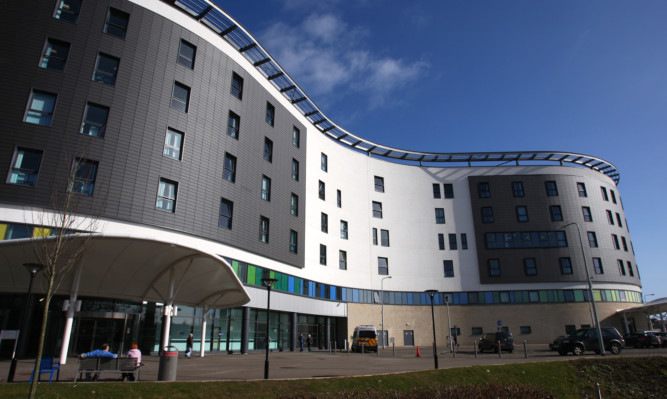NHS Fife’s precarious financial position will be aired during crunch talks with government officials.
The region’s health service is facing an unprecedented overspend of up to £3.4 million as the financial year end approaches, despite the implementation of millions of pounds of efficiency savings since April.
With a further £15m of cuts expected next year, there are fears the current position could result in further pressure on resources and the consideration of “difficult decisions”.
By far the biggest area of overspend is the acute services division, which is responsible for running Victoria Hospital in Kirkcaldy.
It has been under immense strain in recent months with more people attending A&E, higher numbers of delayed discharges and extreme staff shortages.
This has meant more money being spent on locums and bank and agency nurses.
At the end of January, the acute divison was £9.2m or 6% over budget.
Finance director Chris Bowring said other key pressures included the impact of new drugs to treat hepatitis C, cost of drugs for rheumatology and a rise in insurance costs, although some of the overspends were offset by underspends in other areas.
Efficiency savings already implemented include robust scrutiny of bank nursing use and cuts in expenditure on items such as printing, stationery and the use of taxis.
However, in November, it was pointed out that any realistic options to reduce the overspend would have to be looked at across the entire service rather than only the acute division otherwise performance targets or staff numbers would be compromised.
In a report to the NHS Fife board yesterday, Ms Bowring said: “With only two months of the financial year remaining, we don’t see any opportunity to recover that shortfall.
“All boards have a responsibility that they must deliver a break-even position. This board cannot confirm delivery of a break-even position by the year end.”
Ms Bowring and interim chief executive Brian Montgomery will discuss the issue with the Scottish Government.
Of the efficiency savings, she added: “As in previous years, there will be a range of innovative approaches, including service redesign, which will reduce expenditure and enable savings to be made while maintaining the quality of care to patients.”
